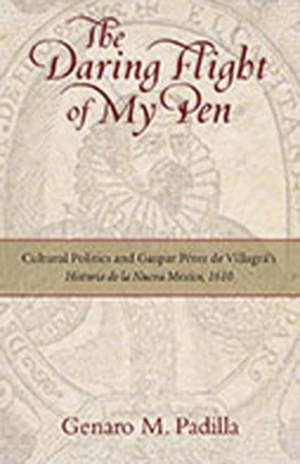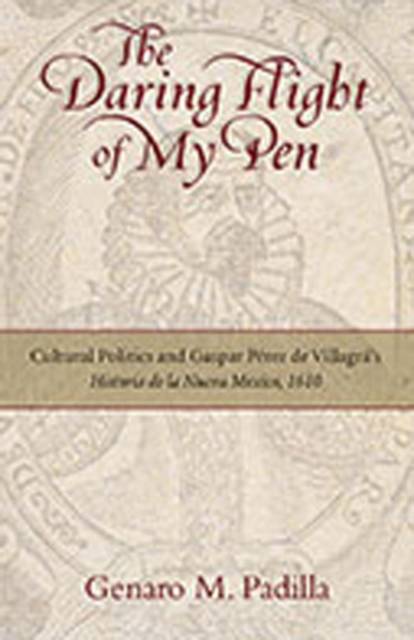
- Retrait gratuit dans votre magasin Club
- 7.000.000 titres dans notre catalogue
- Payer en toute sécurité
- Toujours un magasin près de chez vous
- Retrait gratuit dans votre magasin Club
- 7.000.000 titres dans notre catalogue
- Payer en toute sécurité
- Toujours un magasin près de chez vous
Récompenses
Description
Doomed from the beginning to be read as history rather than poetry, Gaspar Pérez de Villagrá's Historia de la Nueva México chronicles Captain Juan de Oñate's conquest of New Mexico from its inception in 1595 to the battle of Acoma in 1599. Its publication in 1610 was overshadowed by Cervantes's already wildly popular Don Quixote, and fewer than a dozen copies of the original have survived the last four centuries. In April of 1610, the same month that Villagrá's Historia was published in Spain, the once powerful Oñate, the last conquistador and one who remains a divisive figure among native groups and Hispanics to this day, rode into Mexico City, humiliated, having been banished from la Nueva México.
In this engaging study Genaro Padilla enters into Villagrá's epic poem of the Oñate expedition to reveal that the soldier was no mere chronicler but that his writing offers a subtle critique of the empire whose expansion he seems to be celebrating. A close reading of the rhetorical subtleties in the poem, Padilla argues, reveals that Villagrá surreptitiously parodies the King and Viceroy for their failures of vision and effectively dismantles Oñate as the iconic figure he has become today. Padilla's study is not simply a close reading of this challenging work; it is also a lucid critique of our modern engagement with foundational documents, cultural celebrations, and our awareness of our relationship with New Mexico's complicated multicultural legacies.
Spécifications
Parties prenantes
- Auteur(s) :
- Editeur:
Contenu
- Nombre de pages :
- 167
- Langue:
- Anglais
- Collection :
Caractéristiques
- EAN:
- 9780826349705
- Date de parution :
- 15-02-11
- Format:
- Livre relié
- Format numérique:
- Genaaid
- Dimensions :
- 160 mm x 234 mm
- Poids :
- 399 g









